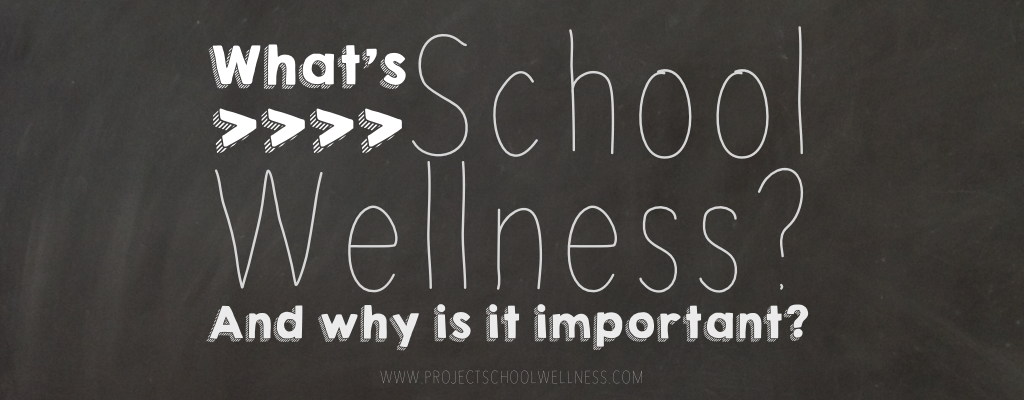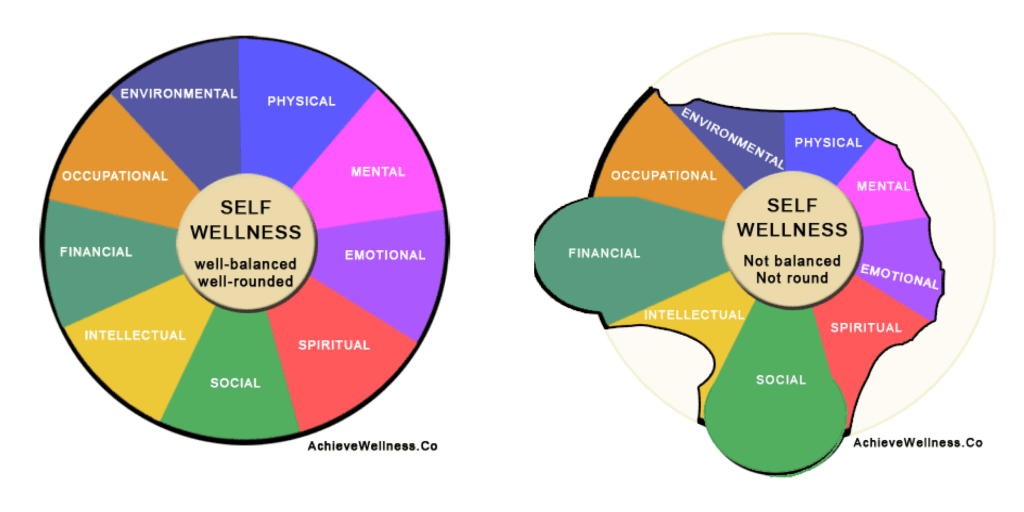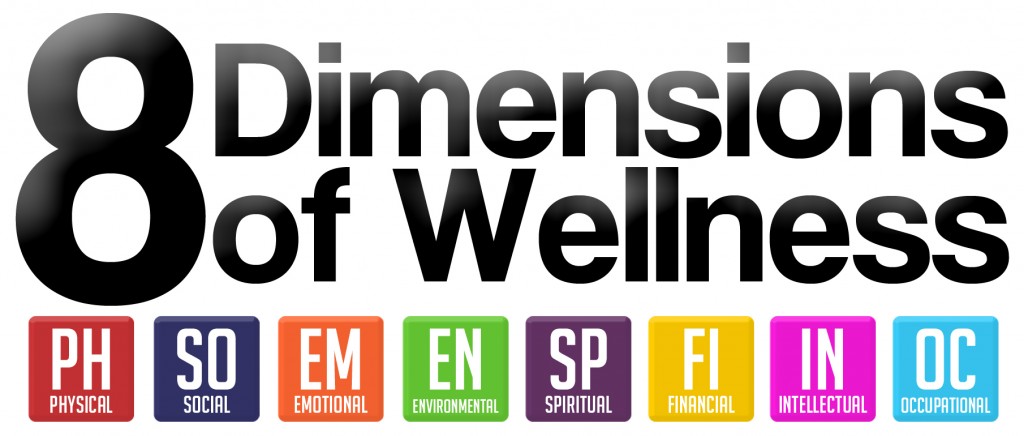School Wellness 101
An Overview of Wellness
“If you want to possess the highest level of sustainable health and happiness, you must be intentional about enhancing each component of health. This is necessary because the elements of health are interconnected, continually influencing and being influenced by one another.”
Have you heard the word wellness? Companies use it on advertisements to sell their product. Businesses present it in their benefits package to entice employees. Fitness centers put it in their name to draw in customers. Simply put, the word has become quite the trend and I don't see it going away any time soon! Unfortunately, as with many trends, the term wellness is in danger of being used and labeled incorrectly.
So what exactly is wellness and why should you spend time reading this post (and future posts on this blog)... Well, would you believe me if I said your happiness (whether or not you are thriving) depends on it?
To understand how wellness connects to thriving, we must take a moment to understand wellness and to define the dimensions commonly associated with wellness. One of the best examples I've encountered is that wellness is a wheel. On the Wellness Wheel, each spoke/wedge represents a different component of our well-being. Meaning, that when we are balanced in each component our wheel rolls smoothly and efficiently. However, when our wheel is missing a spoke or two or if only a few spokes exist, the wheel clunks around and becomes ineffective.
In terms of our well-being, when we are actively and intentionally focusing on how we can be more balanced in each area of life, we experience overall joy and success. But when we are either hyper-focused on a single area of life (i.e. your career) or we completely neglect components in our life (i.e. your physical well-being), we severely limit our capacity for wellness.
Equipped with this understanding of wellness, we can now look at the definition of each component of wellness and see how it can be translated into the school setting...
Physical Wellness
Refers to an individual's physical well-being and the state of our physical body.
-
Examples of Physical Wellness in the school setting: physical education classes, hot lunch/snack programs, accessibility to water, opportunities for movement throughout the school day, personal hygiene, and disease prevention campaigns
Mental & Emotional Wellness
The ability to live a full and creative life. Possessing the flexibility to deal with life's inevitable challenges and to handle life's responsibilities. Additionally, being aware of and accept our feelings and emotions while living with an optimistic approach to life.
- Examples of Mental/Emotional Wellness in the school setting: small groups with the school counselor, teaching kids how to express emotions through role-play and fictional scenarios, intentional self-confidence/esteem boosting, access to mental health professionals
Intellectual Wellness
Willingness to be open to new ideas and experiences and the desire to increase understanding, improve skills, and continually challenge ourselves.
- Examples of Intellectual Wellness in the school setting: establishing high expectations for students (while also providing necessary support), extra-curriculum programming, challenging students to look at issues from multiple points of views (i.e. debating on a polarizing topic), Growth Mindset workshops
Social Wellness
The ability to build personal relationships and connections with others. Being able to deal with social conflict and to be a part of a positive social network.
- Examples of Social Wellness in the school setting: anti-bullying campaigns (via empathy-building and character education), teaching kids how to apologize in a meaningful manner, buddy program (pairing students from the upper grades and lower grades), social skills education through small group workshops
Spiritual Wellness
For many, this centers on a personal relationship with God. However, Spiritual Wellness also encompasses finding meaning and purpose in life events and living in accordance with our morals, ethics, and values.
- Examples of Spiritual Wellness in the school setting: activities which help students define and be accountable to his/her personal morals, activities to help students define meaning and purpose in his/her life, peer pressure education, character education
Occupational Wellness
School should be a place where students develop a strong work ethic and where students discover future occupations. This component of wellness refers to the ability to balance work and leisure time, the ability to handle workplace stress and to build relationships with co-workers (which is deeply connected to mental/emotional and social wellness), and the ability to explore various careers and determine where we best fit (ideally this begins in early elementary and is reinforced throughout secondary school).
Ultimately, the goal is for students to have a clear direction for their life once they graduate and enter post-secondary school/training.
- Examples of Occupational Wellness in the school setting: career dress-up days (start kids dreaming young), career projects (start with a simple activity in the lower grades and become more complex as students get closer to high school graduation), career fairs/career counseling, collaborating with communities members in various careers to serve as mentors to students
Environmental Wellness
The awareness and understanding of the impact of our interactions with nature and our personal environment. Learning how to take action to protect the world around us.
- Examples of Environmental Wellness in the school setting: recycling/reusing and composting projects and school-wide campaigns, science projects about the cost and effect of pollution, energy conservation research projects/initiatives, creating art from recycled and reused materials
Financial Wellness
Understanding personal finances and how to be financially healthy now and in the future.
- Examples of Financial Wellness in the school setting: integrating personal finances and money management into math (starting in kindergarten), classroom currency, detailed personal finance workshops, educating students about IRAs/RRSPs, and having student open personal accounts once they start working
One final note, the interconnected nature of health and wellness...
It is important to not only understand each component of wellness but to also note the dynamic, interdependent relationship of the components of wellness. Therefore, as we focus on one component, other components are simultaneously impacted (i.e. by teaching students how to be aware of and express emotions we are also targeting social/mental well-being and increasing his/her ability to succeed in all future endeavors). As a result, it is only by intentionally focusing on each component of wellness that we can help students reach their full potential and ensure that they succeed in life.
Ultimately, as teachers, we have to ask ourselves, "Are our students thriving? And if the answer is no, what do we need to do to ensure that each and every student is doing more than existing."
Free Curriculum Sample
Sign up to receive 11 free heatlh lesson plans from the Project School Wellness Curriculum!
Hello. I'm Janelle!
A middle school health teacher turned curriculum developer. I'm on a mission to share the easiest-to-teach, most impactful health lesson plans on the Internet. Because your time and energy is better spent on teaching and connecting, not on planning and prep.





This looks great! Love how you integrate all the areas of health! So important for kids to learn and apply to themselves.
Hello,
I ordered the Wonder Bundle yesterday and entered my email address incorrectly. Can you please email me the bundle to the correct email address:
[email protected]
Hey Jennifer,
Thanks for contacting me! I’ve sent you an email.
Janelle
Hey Jennifer
I have a couple questions. After teaching for 29 years I am starting my first year with Jr. High health. I will be teaching 6-8 grades. Our district has no curriculum at this point, as this is a new class.
1. Are there any other assessments than the ones seen in preview? Like Multiple choice/fill in the black/matching?
2. Is it up to the teacher to decide what to teach at each grade level? Are topics divided up by grade level? I don’t see that in the preview.
I’m assuming that for $281 we can use all your curriculum/materials with all the students I will teach?
I am hoping you can reply soon as I have about 2 weeks to get ready !!! 🙂
Hey Scott!
I really, really sorry for the delayed reply, I have been away on vacation! Let me answer your questions:
1) All of the included assessments are in the preview. There aren’t any multiple choice, fill-in-the-blanks, matching, etc… However, I think that you could easily take some questions and information from the lessons to make these type of assessments.
2) I teach at a 6th-8th-grade middle school. So for my kids I do level one with 6th grade, level two with 7th, and level three with 8th. It’s really up to the teacher but I find that break down to work very well. Also, that is how the content was originally designed!
Each level deals with the same dimensions of wellness. With each level, the lessons get a little more in-depth and explore a little deeper.
3) Yes, with one purchase you are free to use the curriculum and all materials with all of your students!
Again, I’m deeply sorry for not being able to respond earlier! I hope that this information is helpful. If you have any more questions please don’t hesitate to email me at: [email protected]
Have a wonderful day,
Janelle
[…] This means that when you teach students to strengthen one component of wellness (i.e. social well-being) you are helping them improve another (i.e. intellectual well-being a.k.a. academic success). Yes, you read it right – you can ensure that students thrive while still enhancing academic success. This is a result of the interconnected nature of health. #HappyDance […]
Hello! I’m a new teacher higher for health and wellness K-5. Can you recommend a starting series of four lesson topic to get started introducing wellness. Thinking a K-3 and a 4-5 breakdown, so that I can research further.
Hello Frannie,
Thank you for reaching out. While our free Intro to Health unit could work for 5th grade, I do not have any lessons geared from elementary. The best place to look would be the Health Teacher Central Facebook group. There are some elementary teachers there who have great content.
I’m sorry that I’m not able to help you out more.
Take care,
Janelle